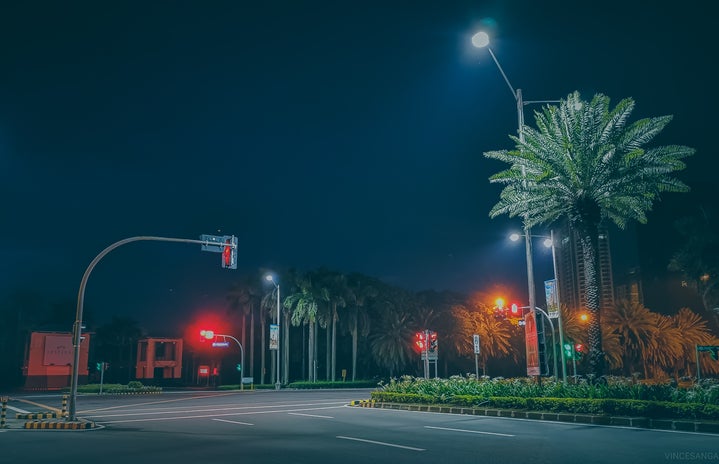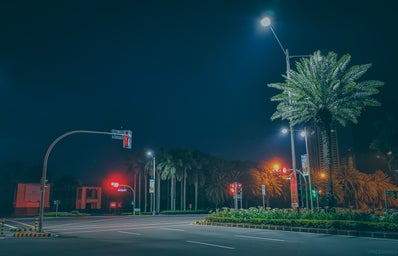Urban planning has a long history of not prioritizing the needs of marginalized groups.
Even though women make up 50% of the urban populations our needs have not been central to planning over the last century. This has left women living in cities where we are faced with inequality, unjust violence, and non responsiveness to our needs. Women experience cities and spaces differently from men. Women are more likely to spend time in public spaces during the day and fear leaving their homes at night, yet our needs are still failed by urban systems. It is important to center women’s needs in city planning in order to create the safe environments women have gone so long without.
Viewing these inequalities through a gendered lens is just one way of seeing the predicament. This is an issue that also concerns LGBTQIA+ population, ethnic and religious minorities, people with disabilities, youth, and other marginalized groups. In the last 10 years urban planning has made an explicit effort to think about marginalized groups and to move in this direction. UNT’s Urban Policy and Planning Students are critically thinking about policies and regulations that improve equality for all and how to dismantle policies that have created unequal power structures.
Below is a list of ways that spaces can be made safer for women:
- Diverse public spaces
Public spaces that are occupied by a range of different people curate the most comfort. This is a major factor that contributes to women’s sense of safety. City planners could achieve this by making places attractive and accessible to attract a wide range of people to enjoy themselves in these public spaces.
- Accessible, affordable, and safe transportation infrastructure
Building transportation that is made with women’s needs in mind plays a major role in providing women with equal access to all parts of a city. Designing spaces well has the ability to reduce violence against women, allowing us to leave our home without fear of harassment and threats. Implementing policies and designs that create safe environments for women in train stations, buses, cabs, and other forms of public transportation are also incredibly important to creating safe spaces for women.
The lack of well-lit and surveillance parking lots, sidewalks, and roads is often the primary concern when it comes to women’s safety. Having well-lit and transparent public spaces with cameras and panic buttons in sight can make a positive impact on a built environment’s sense of safety and comfortability.
Accommodating women’s needs when it comes to parking spaces, sidewalks, crosswalks, and even biking routes is also important to consider. Ensuring that sidewalks are smooth, wide, and include a dropped curb hold many benefits for women with strollers or wheelchairs. This same thing applies for the timing at crosswalks, parking spaces, and biking lanes that allow easy mobility.
- Access to amenities
The lack of access to public restrooms is another necessity that exists disproportionately for women. When we need to use the restroom in cities, we are often subject to faraway portable restrooms or dim-lit and unmaintained restrooms that actually increase our vulnerability to sexual harassment and violence. Providing easy and safe access to facilities such as toilets can make a huge positive impact on women’s safety.
- Strengthening solidarity
Strengthening the role that women have in the designing of cities is crucial. Open, accessible platforms for communities of women to give input on safe spaces such as Safetipin or Free to Be can be a great step toward inclusive design. It is also important to strengthen the focus on women’s needs in investment opportunities, improvements in infrastructure, the justice system, training in schools and work environments, and more. The support of city planners, policymakers, and citizens everywhere is at the core of inclusivity in our built environments.
The number of women in a public space is a direct reflection of the safety and livability of a city. As violence against women persists in our streets, public transportation, and recreational places, it is important to create equitable and accommodating cities by acknowledging who we are designing for and understanding their needs. Inclusive city design is the key to creating safe, livable, and women-friendly spaces.

